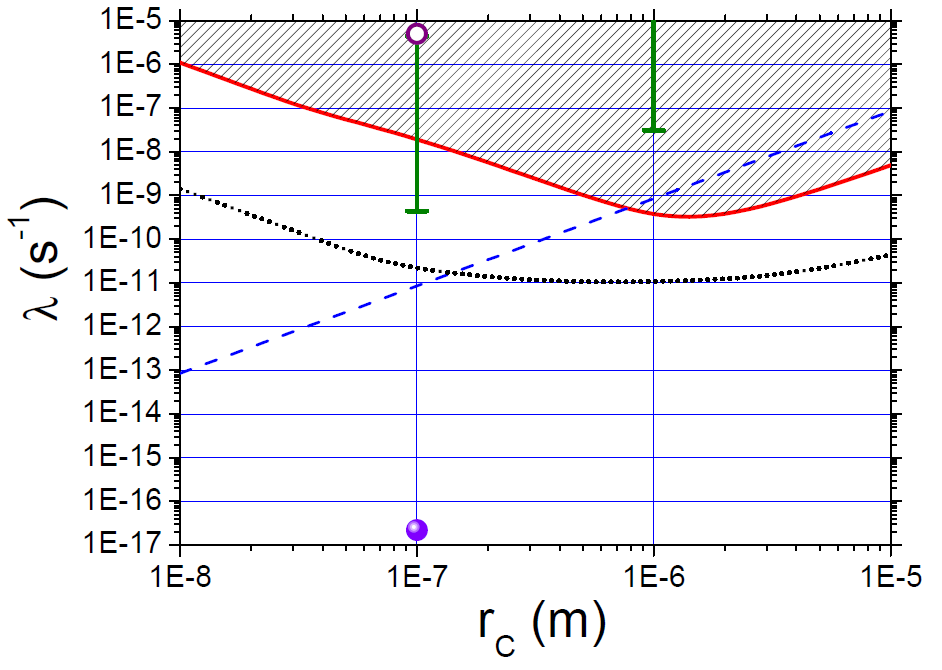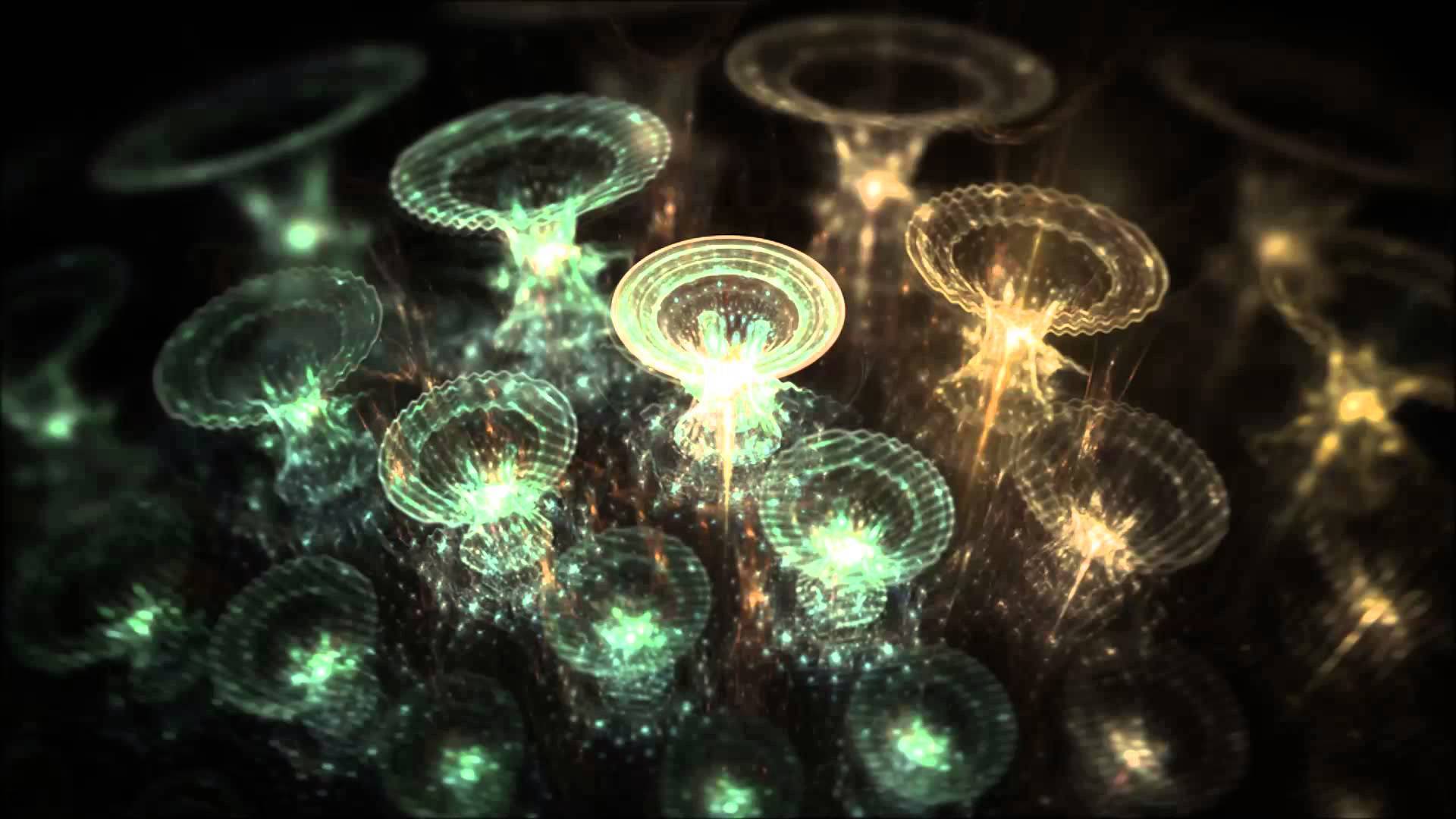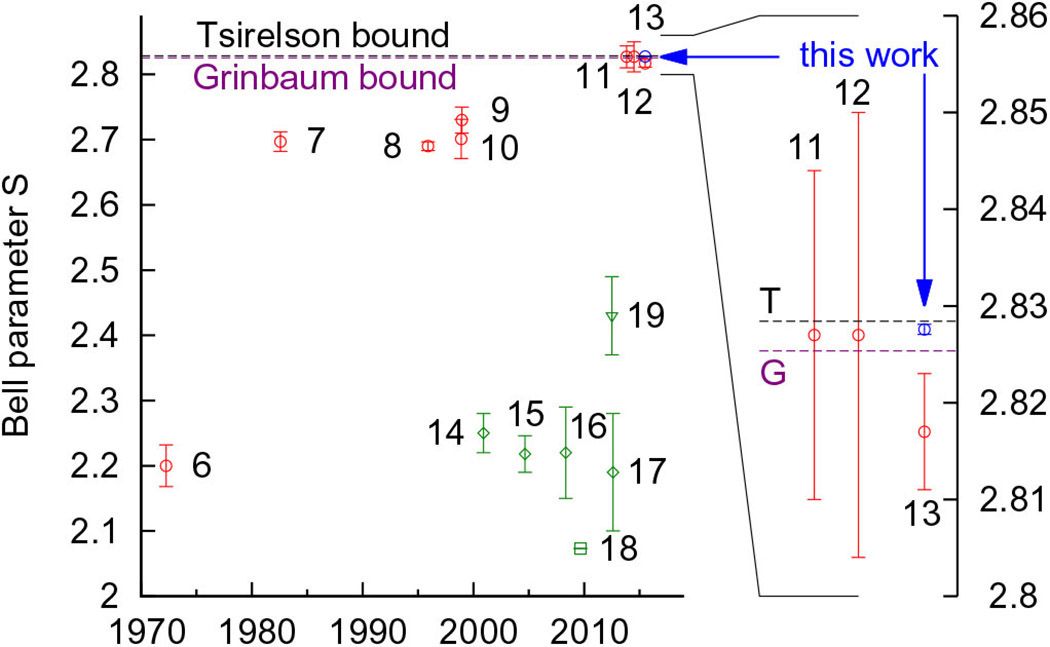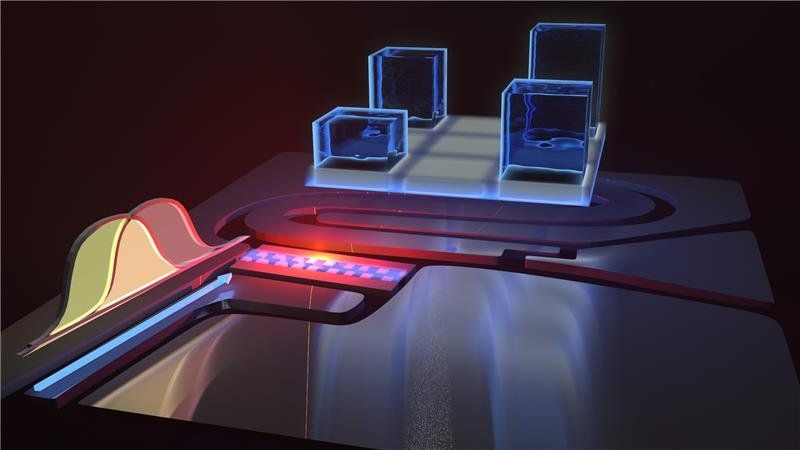Feb 25, 2016
Quantum Algorithms and Their Discontents
Posted by Karen Hurst in categories: chemistry, computing, information science, life extension, materials, neuroscience, quantum physics, robotics/AI, security, space
Interesting read; however, the author has limited his view to Quantum being only a computing solution when in fact it is much more. Quantum technology does offer faster processing power & better security; but, Quantum offers us Q-Dots which enables us to enrich medicines & other treatments, improves raw materials including fuels, even vegetation.
For the first time we have a science that cuts across all areas of technology, medical & biology, chemistry, manufacturing, etc. No other science has been able to achieve this like Quantum.
Also, the author in statements around being years off has some truth if we’re suggesting 7 yrs then I agree. However, more than 7 years I don’t agree especially with the results we are seeing in Quantum Networking.
Continue reading “Quantum Algorithms and Their Discontents” »
















